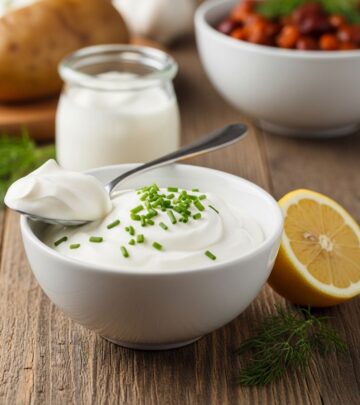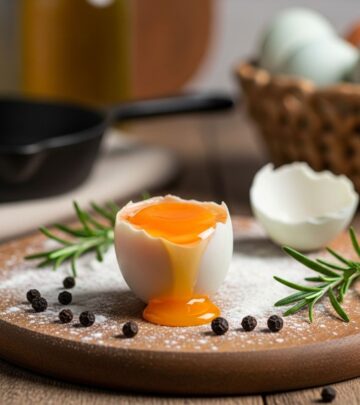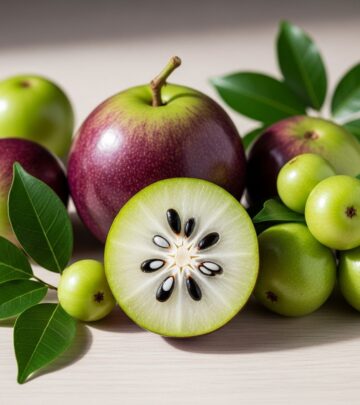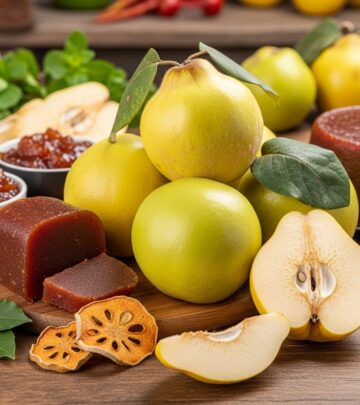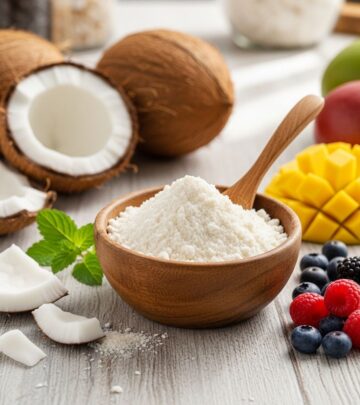Purple Yam (Ube): Nutrition, Health Benefits, Uses, and Recipes
Discover how this tropical tuber transforms recipes and nourishes your body.
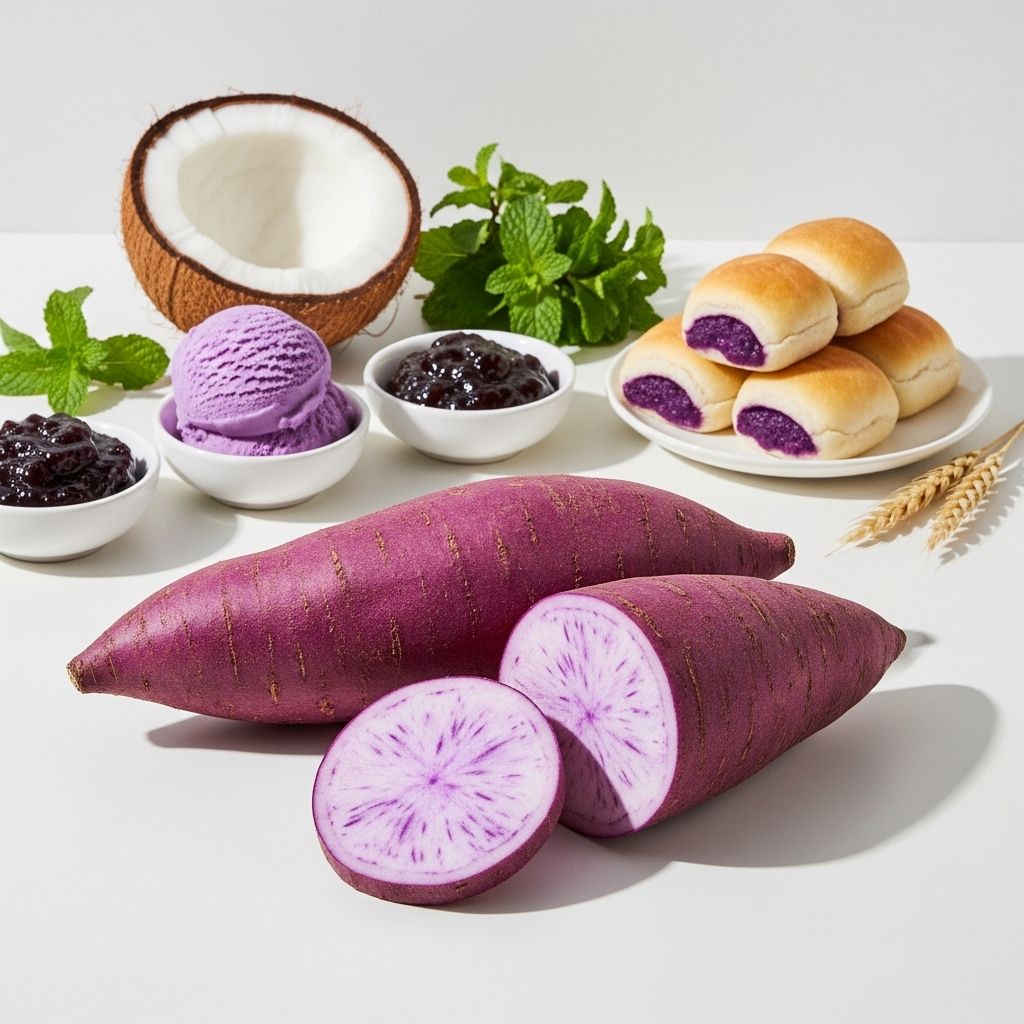
Purple Yam (Ube): Nutrition, Health Benefits, Uses, and More
Purple yam, commonly known as ube, is a vibrant starchy root vegetable celebrated not only for its eye-catching hue but also for its impressive nutritional profile and health benefits. Originating from Southeast Asia, ube holds a cornerstone place in Filipino cuisine but is gaining popularity across the globe due to its earthy flavor and versatility. This article explores every aspect of purple yam—from essential nutrition and powerful health advantages to its culinary uses, preparation tips, and frequently asked questions.
What Is Purple Yam (Ube)?
Purple yam (Dioscorea alata) is a distinct species of yam revered in Asian cooking, especially in Filipino desserts. Its thick, brownish outer skin shields a brilliant lavender or deep violet flesh. Ube is often mistaken for similar tubers like taro and Okinawan sweet potatoes, but it possesses unique nutritional and sensory properties that set it apart.
- Common names: Ube, purple yam
- Origin: Southeast Asia (notably the Philippines and Indonesia)
- Appearance: Brown, rough skin encasing deep purple, moist flesh
- Flavor & texture: Sweet, nutty, slightly earthy taste with a creamy, smooth, or starchy texture when cooked
Nutrition Profile of Purple Yam
Purple yam is low in fat, moderate in calories, and packed with a spectrum of micronutrients and antioxidants. Below is the nutrition data for 1 cup (100 grams) of cooked, mashed purple yam:
| Nutrient | Amount (per 100 g, cooked) | % Daily Value (DV) |
|---|---|---|
| Calories | 140 | 7% |
| Carbohydrates | 27–32 g | 9–11% |
| Protein | 1 g | 2% |
| Fat | 0–0.1 g | 0% |
| Fiber | 4 g | 16% |
| Vitamin C | 2.4–13 mg | 4–14% |
| Vitamin B6 | 0.3 mg | 14% |
| Potassium | 816 mg | 23% |
| Manganese | 0.3 mg | 16% |
| Magnesium | 25 mg | 6% |
| Vitamin A | 4% DV | 4% |
| Iron | 0.4 mg | 4% |
Additionally, purple yam is abundant in anthocyanins — potent antioxidants that are responsible for its vivid color and health-boosting properties.
Top 8 Health Benefits of Purple Yam
- Rich in Antioxidants
Purple yam’s deep purple hue is attributed to anthocyanins, a class of polyphenolic antioxidants that shield the body from oxidative stress. These compounds help neutralize free radicals, reducing the risk of chronic diseases such as cancer, cardiovascular disease, and neurodegenerative disorders.
- Supports Healthy Blood Sugar Levels
Purple yam is low on the glycemic index (GI ~24), meaning its carbohydrates are digested slowly, leading to a gradual rise in blood sugar. Some research suggests that ube’s flavonoids help regulate insulin sensitivity and protect pancreatic cells, contributing to better blood sugar management in people with diabetes or those at risk.
- Boosts Gut Health
Rich in both soluble and insoluble fiber, purple yam helps regulate digestion, soothe the gut lining, and promote the growth of healthy gut bacteria. Regular consumption supports bowel regularity and may help prevent constipation and other digestive disorders.
- May Aid in Weight Loss
With its low calorie density and high fiber content, purple yam is a satiating addition to meals. Fiber slows gastric emptying, helping you feel fuller for longer and supporting appetite management for weight loss routines.
- Promotes Heart Health
The potassium, fiber, and anthocyanins in purple yam may collectively help reduce blood pressure, lower LDL cholesterol levels, and prevent plaque buildup, thereby reducing the risk of heart disease.
- Enhances Cognitive Function
Emerging research links anthocyanin-rich foods like purple yam to improved brain health. Anthocyanins are known to protect neurons from oxidative stress and inflammation, enhance memory, and support cognitive longevity.
- Supports Immune Health
Ube contains generous amounts of vitamin C along with other micronutrients vital for immune defense, DNA repair, and iron absorption.
- Packed with Essential Vitamins and Minerals
Beyond antioxidants, purple yam is a great source of manganese, potassium, vitamin B6, and magnesium, all of which are vital for energy metabolism, nerve function, and healthy bones.
Purple Yam vs. Taro vs. Okinawan Sweet Potato
While purple yam (ube), taro, and Okinawan sweet potatoes are all vibrant root vegetables sometimes confused with each other, they differ substantially:
| Root Vegetable | Color & Interior | Taste | Main Uses |
|---|---|---|---|
| Purple Yam (Ube) | Brown skin, vivid purple flesh | Sweet, nutty, vanilla undertone | Desserts, ice cream, cakes |
| Taro | Light brown skin, white/pale purple with specks | Earthy, nutty | Savory dishes, chips, steamed or boiled |
| Okinawan Sweet Potato | Beige skin, deep purple flesh | Sweet, mild | Baked, steamed, grilled |
Culinary Uses: How to Cook and Eat Purple Yam
Purple yam is incredibly versatile and can be boiled, roasted, mashed, fried, or baked. Its naturally sweet flavor makes it a star ingredient in both traditional and modern dishes:
- Filipino desserts: Ube halaya (purple yam jam), ube ice cream, ube cakes, ube hopia, and ube crinkle cookies
- Pies and pastries: Ube cheesecake, ube pie, doughnuts, and tarts
- Savory dishes: Added to curries, soups, or roasted vegetable platters
- Drinks: Ube milk tea and smoothies
- Mashed or fried: Used as an alternative to mashed potatoes, fries, or hash browns
Cooking Tips
- Wash and peel the skin before cooking.
- Boil or steam the whole yam for 20–30 minutes until a fork passes easily through the flesh, then mash or puree as desired.
- Ube powder and ube extract are commercial alternatives for desserts outside yam growing regions.
- Pair with coconut milk for enhanced creamy texture and flavor.
How to Select and Store Purple Yam
To maximize shelf life and flavor, follow these selection and storage guidelines:
- Selection: Choose yams that are firm, heavy for their size, and free from blemishes or soft spots.
- Storage: Store unpeeled yams in a cool, dark, well-ventilated place for up to two weeks. Once peeled or cooked, refrigerate in a sealed container for up to three days.
- Freezing: Cooked yams can be mashed, portioned, and frozen for later use.
Potential Downsides and Precautions
Purple yams are generally safe when cooked properly. However, consuming raw yam is not recommended due to potentially harmful compounds. People with kidney issues should moderate intake because purple yam is high in potassium. Allergic reactions are rare but possible in sensitive individuals.
Interesting Facts about Purple Yam
- Ube is a staple food and ceremonial ingredient in Filipino culture, especially during the Christmas holiday season.
- The vibrant color is wholly natural and remains stable after cooking.
- Rich in anthocyanins, purple yam’s antioxidant levels rival those found in blueberries and blackberries.
- Used historically as a natural food dye for sweets and pastries.
- Now popular worldwide in lattes, donuts, pancakes, and fusion cuisines.
Frequently Asked Questions (FAQs)
What is the difference between purple yam and sweet potato?
While both are root vegetables with a sweet flavor, purple yam (ube) often has a smoother, creamier texture and a more striking color than purple-fleshed sweet potatoes. Sweet potatoes have a thinner, lighter skin and are botanically unrelated to yams.
Can people with diabetes eat purple yam?
Yes, in moderation. Purple yam’s low glycemic index means it causes a gradual rise in blood sugar. Always consult a healthcare provider before making significant dietary changes if you have diabetes.
Is purple yam gluten-free?
Yes. Purple yam is naturally gluten-free, making it suitable for gluten-sensitive individuals.
Can I use purple yam powder or extract instead of fresh yam?
Absolutely. Ube powder and ube extract are convenient substitutes for use in desserts and baking, especially when the fresh root is not available in your area.
How do you incorporate purple yam into everyday meals?
Purple yam can be boiled and mashed as a side dish, blended into smoothies, baked into breads, or transformed into desserts like ube halaya, pancakes, or cookies.
Is purple yam safe during pregnancy?
Generally, yes. Purple yam is considered safe and nutritious during pregnancy, as it supplies fiber, vitamins, and minerals, but should be consumed as part of a balanced diet.
References
- Information synthesized from recent nutrition and health literature, including data provided by nutrition and health expert sources.
References
- https://www.potsandpans.in/blogs/articles/purple-yam-health-benefits-uses-and-important-facts
- https://www.moneycontrol.com/news/trends/lifestyle/6-health-benefits-of-purple-yam-kand-a-staple-of-the-maha-shivratri-thali-12392851.html
- https://www.healthline.com/nutrition/ube-purple-yam
- https://www.webmd.com/diet/health-benefits-yams
- https://www.universityofcalifornia.edu/news/why-purple-sweet-potatoes-belong-your-holiday-table
- https://eatbreadfruit.com/blogs/health-and-nutrition/the-okinawan-sweet-potato-a-purple-powerhouse-of-nutrition
- https://www.healthline.com/nutrition/sweet-potato-benefits
Read full bio of Sneha Tete


